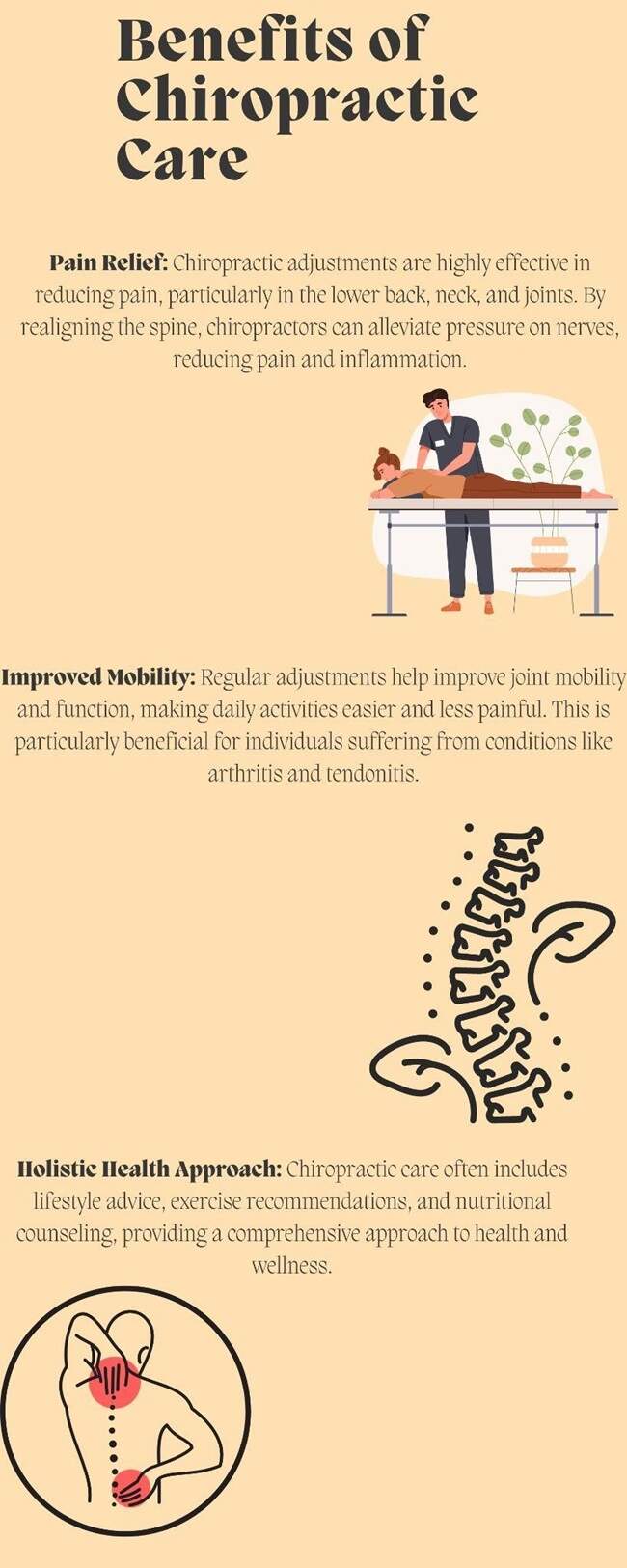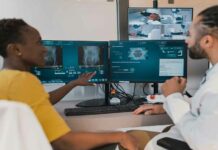Chiropractic care continues to grow in popularity, especially with its focus on non-invasive techniques and its role in pain management. In 2023, around 35 million Americans sought chiropractic care for various ailments, with back pain and neck pain being the most common complaints.
As the demand for chiropractic care increases, so do innovations in the equipment and techniques used to deliver treatments. These advancements have significantly enhanced both patient outcomes and the precision of chiropractic interventions.
The U.S. chiropractic market is projected to grow at a remarkable rate of 26.3% from 2023 to 2030, highlighting the increasing trust and reliance on chiropractic care for musculoskeletal issues. This rapid growth is partially due to the enhanced safety profile of chiropractic adjustments, with severe adverse events occurring at rates as low as 1 per 2 million manipulations.
Recent technological advancements include cold lasers and ultrasound therapy, which have proven effective for treating chronic pain and sports injuries.
Spinal decompression tables with computerized systems allow for precise control, maximizing therapeutic benefits while ensuring patient comfort. Techniques such as electric current-based muscle stimulation are now also being widely adopted for patients who may not respond to traditional methods.
Advances And Techniques In Chiropractic Care
Chiropractic care has continually evolved, with significant advances in equipment and techniques over the years. These innovations enhance the ability of chiropractors to provide precise, non-invasive treatments that address complex issues of the spine and nervous system.
From the development of specialized tables to advanced methods like the Sacro Occipital Technique (SOT), the profession continues to integrate new tools and approaches for better patient outcomes. In this section, we’ll explore five key advancements and techniques that have revolutionized chiropractic care.
Sacro Occipital Technique (SOT)
The Sacro Occipital Technique (SOT) is a well rounded chiropractic method that focuses on the relationship between the sacrum (the base of the spine) and the occiput (the base of the skull).
Developed by Dr. Major Bertrand DeJarnette, SOT addresses spinal health and the central nervous system by optimizing the flow of cerebrospinal fluid (CSF), which is critical for maintaining a healthy nervous system.
SOT practitioners use specific indicators to assess dysfunctions in the body, which are categorized into three types: Category One, which deals with issues in the sacroiliac joints and sacrum movement; Category Two, related to pelvic instability; and Category Three, focused on spinal disc problems and nerve irritation.
The technique uses gentle manipulations, blocks, and cranial techniques to restore balance to the body and improve its natural healing processes.

Chiropractic Tables: Advanced Tools For Precision
Chiropractic tables with advancements are one of the most significant innovations in chiropractic care, which are the bread and butter tools for practitioners.
These tables offer more than just a flat surface for adjustments; they are equipped with features that enhance the precision and effectiveness of treatments.
For example, flexion-distraction tables are designed to provide traction and decompression for the spine, making them ideal for treating conditions like herniated discs, sciatica, and lower back pain. These tables allow chiropractors to adjust the spine while the patient is in a comfortable, prone position, reducing strain on the patient and ensuring a more controlled adjustment.
Drop tables are another innovation, incorporating segments that drop slightly during an adjustment, allowing for a quick, low-force technique that is especially useful for patients who are sensitive to traditional manual adjustments.
Cold Laser Therapy
Cold laser therapy is a cutting-edge technique increasingly used in chiropractic care to treat a variety of musculoskeletal issues, including chronic pain, sports injuries, and inflammation.
Unlike traditional laser therapy, cold lasers emit low levels of light energy that penetrate deep into tissues without generating heat. This promotes cellular regeneration, reduces inflammation, and accelerates the healing process.
Cold laser therapy is often used alongside chiropractic adjustments, providing an effective complement to manual therapies. It is non-invasive, painless, and suitable for patients who might not respond well to more traditional methods.
Active Release Techniques (ART)
Active Release Techniques (ART) are another significant advancement in chiropractic care, focusing on soft tissue management. ART is particularly effective for treating conditions caused by overuse, such as carpal tunnel syndrome, tennis elbow, and plantar fasciitis.
The technique involves breaking up adhesions in muscles, ligaments, and tendons through targeted manual therapy. Chiropractors trained in ART use their hands to evaluate the texture, tightness, and movement of muscles and other soft tissues.
By applying precise pressure, they can release tension and restore normal function. ART is highly effective for improving mobility and reducing pain in patients suffering from chronic soft tissue injuries.
Cranial Sacral Therapy
Cranial sacral therapy (CST) is a gentle, hands-on technique that focuses on the cranial bones, spinal column, and sacrum to promote the flow of cerebrospinal fluid (CSF).
This technique aligns with the holistic nature of chiropractic care by considering the interconnectedness of the nervous system and musculoskeletal system.
Chiropractors using CST gently manipulate the skull and sacrum to relieve tension, reduce stress, and improve overall neurological function. CST is particularly beneficial for patients suffering from chronic headaches, migraines, and temporomandibular joint (TMJ) disorders.
By addressing dysfunctions in the craniosacral system, CST supports better nervous system function, enhances body balance, and encourages natural healing.
Wrapping Up
In addition to these advanced techniques and tools, many chiropractors are integrating telehealth services to offer consultations and follow-up care remotely, which has been particularly beneficial during the pandemic.

Research into the effects of chiropractic care on mental health is growing, with some studies suggesting that chiropractic adjustments may help reduce stress and improve mood.
These innovations point to a future where chiropractic care continues to expand its holistic approach to both physical and mental well-being.
















